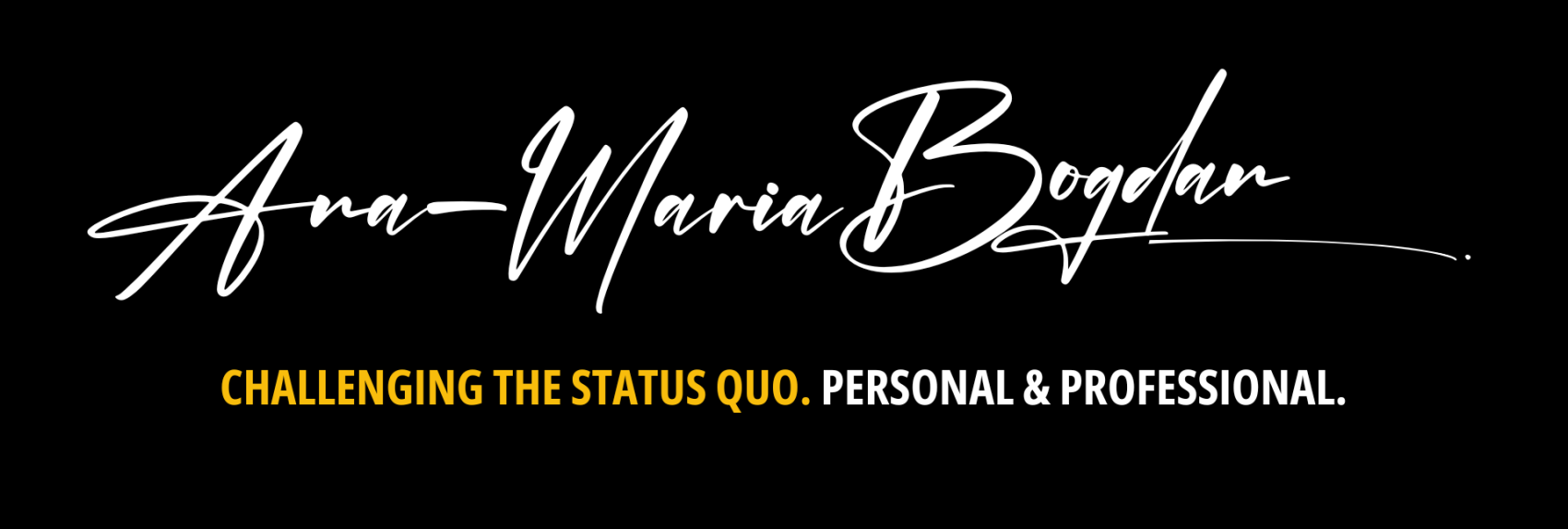Romania’s National Day carries a lot of emotions and special meaning to me. And it all has to do to do with my grandparents, my ancestors, the Great Romania founding …
Romania
-
-
The sacrosanct right that comes with responsibility to protect and defend it.
-
My grandfather was a simple, wise man who back in 1986 predicted that the communist empire will fall. Discover a very brief history lesson!
-
MetamorphosisUplifting
Peter Georgescu: From Communist Romania to Advertising Executive.
by Ana-Maria Bogdan 2 minutes readAn amazing life journey of a man who had seen it all and does his best to change this world for the better. Great lessons for aspiring leaders!
-
A’TOPIA is Ciprian Istrate’s first solo show at Galateca Gallery exhibition space. In case you are in Bucharest, take the time and go see A’TOPIA exhibition which is open between …
-
It took over a year for a team of engineers at Reloc-Electroputere VFU Craiova to build the first the first locomotive in Romanian running exclusively on pure biodiesel (B100) or …
-
This is a love story about my relatives who love La Blouse Roumaine aka the traditional IA. They loved it so much they wore these traditional costumes on their wedding …
-
In case anyone doubted, Romania does have talent! And it’s not all about great developers or musicians; it is also about high-school students from various regions of the country winning 22 …
-
Here are some of those communist jokes reflecting the reality of the Romanian people during the communist regime. In some cases, I tried to give you the context of that …
-
Humor was a way of rebellion and survival at the same time. An escape of the mind and soul, a way of coping with all those absurd and restrictions imposed by a communist regime who …
-
Tech & Innovation
Romania — Fastest Broadband Download Speed in Europe
by Ana-Maria Bogdan 3 minutes readAccording to Ookla’s 2015 report, Romania ranks 1st in the top of broadband internet download speed in Europe. At global level, with a 69.62 Mbps, Romania has an honorable fourth …
-
South Eastern European Mathematical Olympiad For University Students 2015 brought to Romania 20 medals thanks to the brilliant Math students from Bucharest, Iasi and Cluj. Once again Romania comes first …


